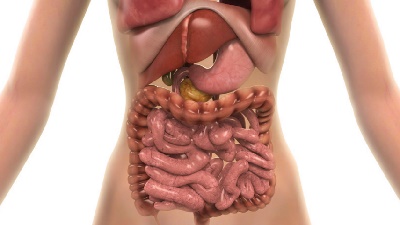Effects of Aging on Water, Electrolyte, and Acid-Base Balance
| Home | | Anatomy and Physiology | | Anatomy and Physiology Health Education (APHE) |Chapter: Anatomy and Physiology for Health Professionals: Fluid, Electrolyte, and Acid Base Balance
The human body’s percentage of water reduces greatly over time, with embryos and early fetuses being comprised of more than 90% water.
Effects
of Aging on Water,Electrolyte, and Acid-Base Balance
The human body’s percentage of water reduces greatly over
time, with embryos and early fetuses being comprised of more than 90% water.
As solids accumulate during fetal development, an infant at birth is made up of
70–80% water. Infants have much more extra-cellular fluid than adults, and
therefore, a much higher sodium chloride content compared to potassium,
magnesium, and phosphate salts.
Body water distribution begins to change approx-imately two
months after birth, nearing the adult pattern by the age of two years. The
concentrations of plasma electrolytes are similar in infants and adults.
However, potassium and calcium values are higher, while magnesium, bicarbonate,
and total pro-tein levels are lower, during the first few days of life than at
any other part of the life cycle. Upon reach-ing puberty, a child’s body water
content is based on differences in gender, with males developing greater
relative amounts of skeletal muscle. During infancy, problems with fluid,
electrolyte, and especially acid-base balances are most common. In infants,
they may be related to the following conditions:
■■ Very low residual lung volume – about half that of adults, relative
to body weight. With alterations in respiration, the partial pressure of carbon
dioxide can change quickly and significantly.
■■ High rates of fluid intake and output – about seven times more than
in adults. An infant may exchange half of the extracellular fluid every day.
Though having more proportional body water than adults, excessive fluid shifts
can still be harmful. Even small changes in fluid balance can become serious.
Another point is that infants can survive for only three to four days without
water, while adults can survive for about 10 days.
■■ Relatively high metabolic rate – about twice as much as in adults.
This yields many more metabolic wastes and acids that must be excreted by the
kidneys. Along with buffer systems that are still inefficient, this results in
more likelihood of acidosis developing.
■■ High rate of insensible water loss due to larger surface area relative
to body volume – about three times as much as in adults. Infants lose large
amounts of water through their skin.
■■ Inefficiency of kidneys – since the kidneys are immature at birth,
only functioning about half as well as adult kidneys in the concentration of
urine, they are poor at removing acids from the body.
Total body water decreases gradually as we age,
predominantly from the intracellular compartment. Adults have approximately 50%
to 60% of their bodies made up by water. These decreases reduce the dilution of
waste products, toxins, and administered medi-cations. The glomerular
filtration rate declines, and the body cannot regulate pH via the urinary
system as efficiently. More water begins to be lost because of an increased
inability to concentrate the urine. As the skin becomes thinner, the rate of
insensible perspira-tion increases. Older adults should increase their daily
water intake to combat this condition. They are less able to conserve body
water than younger people and are also less responsive to thirst cues. When
homeostasis is interrupted, the body takes longer to return to normal.
Body mineral content is lower as muscles and bones decrease
in mass. Body fat increases, however. Exercise and increased ingestion of
dietary minerals can help in this regard. Because respiratory compensa-tion
decreases with age, the risk of respiratory acidosis increases, compounded by
arthritic conditions and other conditions such as emphysema. As the other
systems in the body decline in function, they affect fluid, electrolyte, and
acid-base balances as well. Conditions that make the elderly more prone to
acid-base imbalances include congestive heart failure with edema and diabetes
mellitus. Nearly all disorders of the body systems, with increased aging,
partially affect the balances of fluids, electrolytes, acids, and bases.



